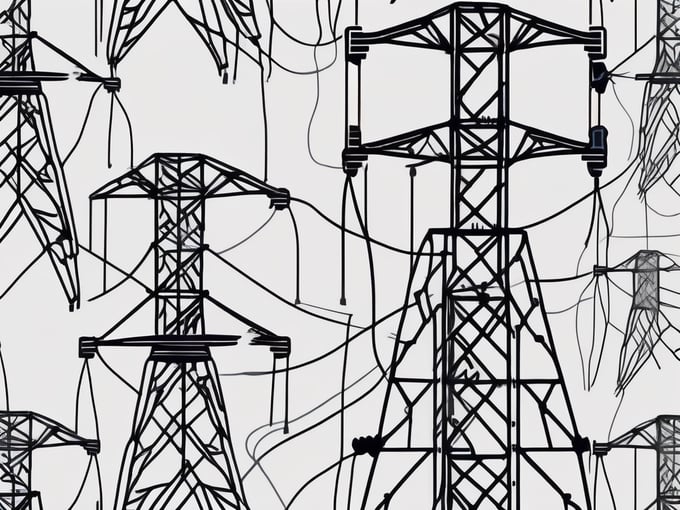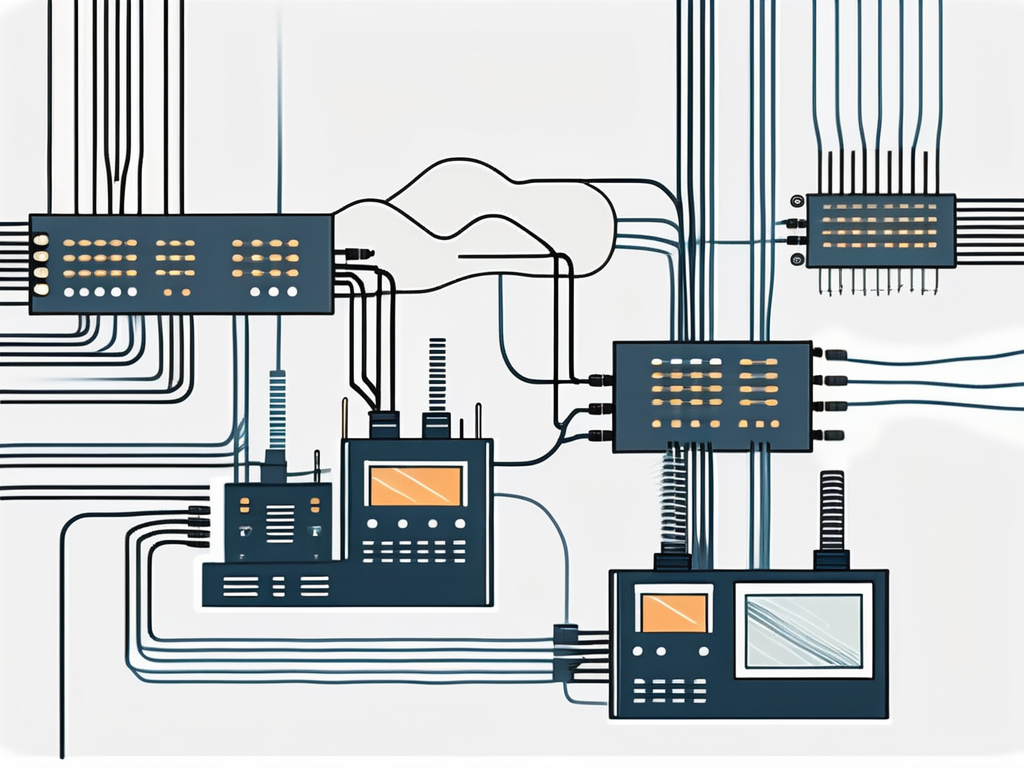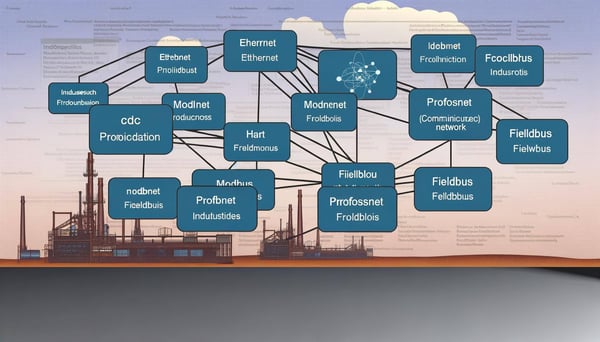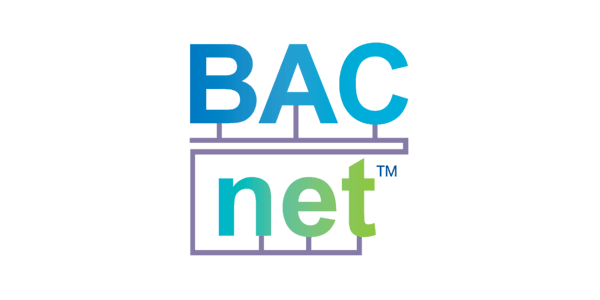
Fundamentals of EtherCAT
In the realm of industrial automation, protocols play a pivotal role in ensuring seamless communication between devices. One such protocol that has gained significant traction in recent years is EtherCAT. EtherCAT, or Ethernet for Control Automation Technology, is a high-performance, low-cost, easy to use industrial Ethernet technology that is rapidly becoming the go-to solution for a wide range of automation tasks.
Understanding EtherCAT
EtherCAT is a fieldbus system that utilizes Ethernet as its physical medium. It was developed by Beckhoff Automation, a leading provider of automation solutions. The protocol is designed to provide high-speed, real-time control over a network of devices. It is particularly well-suited to applications that require precise synchronization, such as robotics and motion control.

One of the key advantages of EtherCAT is its efficiency. Unlike other fieldbus systems, EtherCAT does not require data to be passed from one device to the next. Instead, it employs a unique 'processing on the fly' technique, which allows data to be processed as it is being transmitted. This results in extremely fast cycle times and minimal data jitter.
Key Features of EtherCAT
High Speed and Real-Time Capability
EtherCAT's high-speed and real-time capabilities are among its most notable features. With cycle times of less than 100µs, it is capable of meeting the demands of even the most time-critical applications. Furthermore, its ability to synchronize devices with a precision of less than 1µs makes it ideal for applications that require precise coordination between multiple devices.
These features are largely due to EtherCAT's innovative 'processing on the fly' technique. By processing data as it is being transmitted, EtherCAT eliminates the need for data to be passed from one device to the next, thereby reducing cycle times and minimizing data jitter.
Scalability and Flexibility
EtherCAT's scalability and flexibility are other key features that set it apart from other fieldbus systems. It can support up to 65,535 devices on a single network, making it suitable for both small and large-scale applications. Additionally, it allows for a variety of topologies, including line, tree, star, and ring, providing users with the flexibility to design their network in a way that best meets their needs.
Furthermore, EtherCAT supports a wide range of device types, including digital and analog I/O devices, drives, and safety devices, among others. This means that users can integrate a variety of devices into their network, further enhancing its flexibility.
How EtherCAT Works
At the heart of EtherCAT's operation is its unique 'processing on the fly' technique. When an EtherCAT master sends a frame, each slave device reads the data intended for it and inserts its own data as the frame passes through. This allows for extremely fast data exchange, as there is no need for data to be passed from one device to the next.
The EtherCAT master is responsible for initiating communication. It sends a frame containing output data to the slave devices, which read the data as it passes through. The slave devices then insert their input data into the frame, which is returned to the master. This entire process can be completed in less than 100µs, making EtherCAT one of the fastest fieldbus systems available.
Applications of EtherCAT
EtherCAT's high-speed, real-time capabilities, along with its scalability and flexibility, make it suitable for a wide range of applications. It is particularly well-suited to applications that require precise synchronization, such as robotics and motion control. However, it can also be used in a variety of other applications, including process control, test and measurement, and machine vision, among others.
Furthermore, EtherCAT's support for a wide range of device types means that it can be used in a variety of industries. Whether it's manufacturing, automotive, energy, or any other industry that relies on automation, EtherCAT is a reliable and efficient solution.
Conclusion
EtherCAT is a powerful fieldbus system that offers a host of benefits, including high-speed, real-time capabilities, scalability, and flexibility. Its unique 'processing on the fly' technique allows for extremely fast data exchange, making it an ideal solution for a wide range of automation tasks.

Whether you're looking to improve the efficiency of your automation processes, increase the precision of your motion control, or simply expand your network of devices, EtherCAT is a solution worth considering. With its robust features and wide range of applications, it's no wonder that EtherCAT is quickly becoming the go-to solution for industrial automation.



